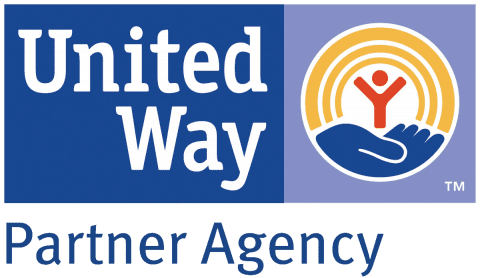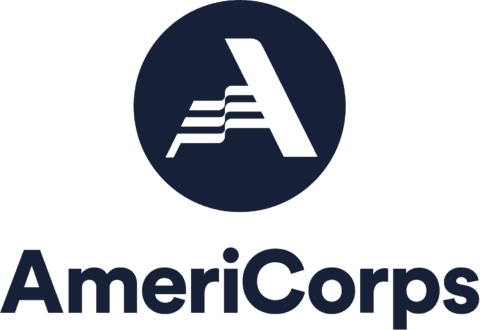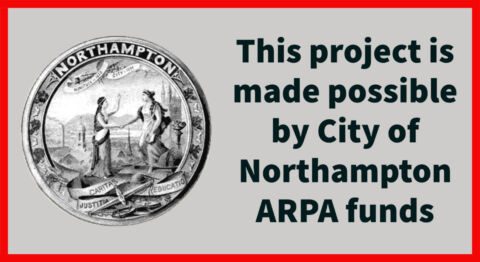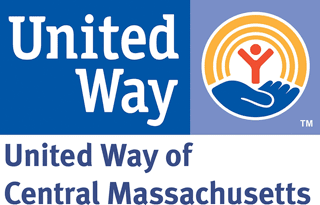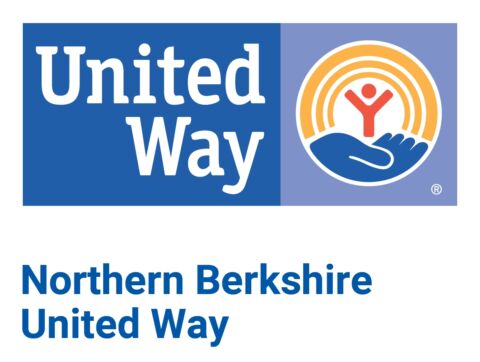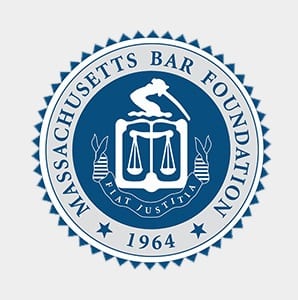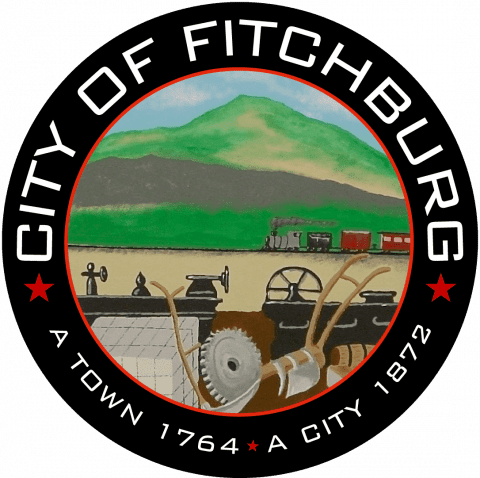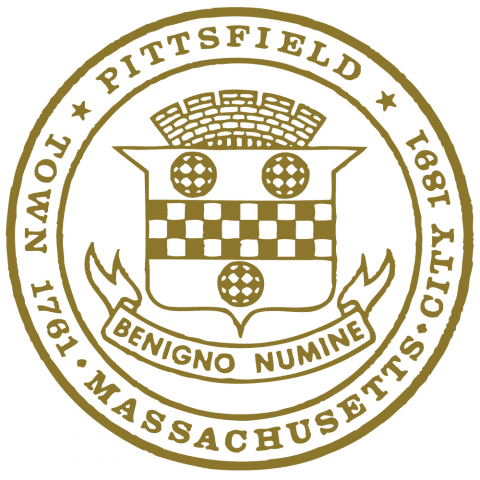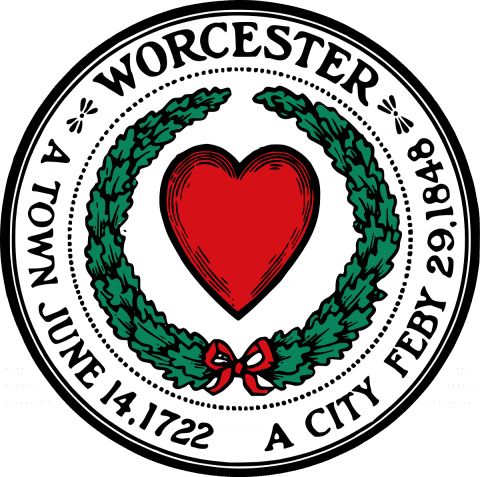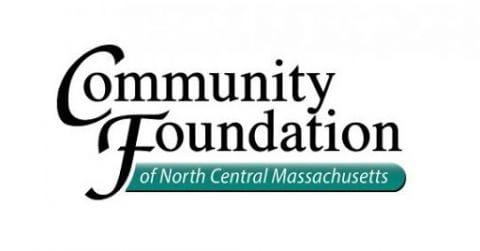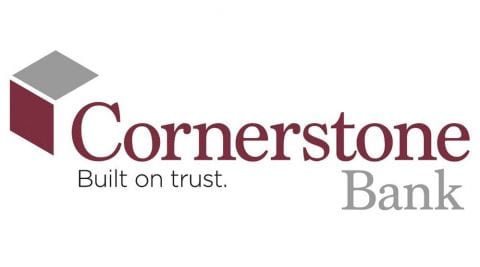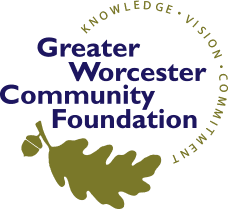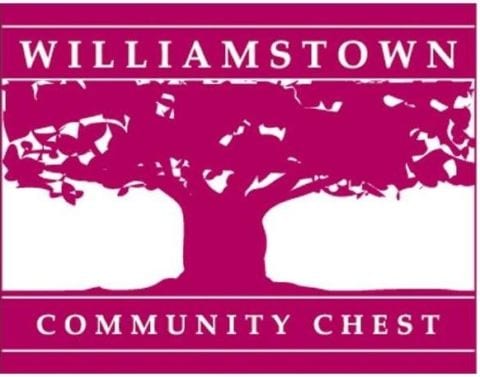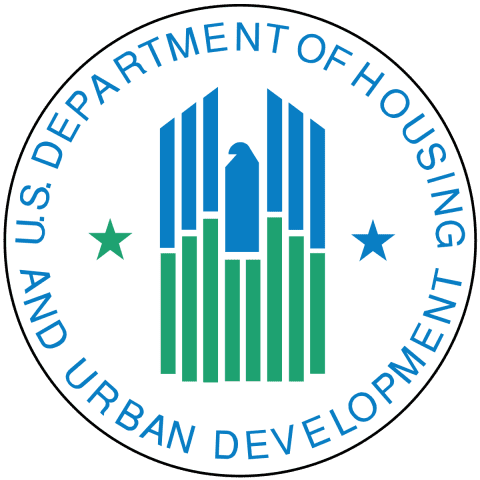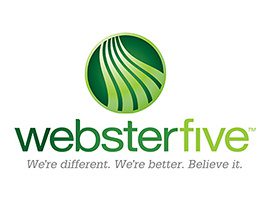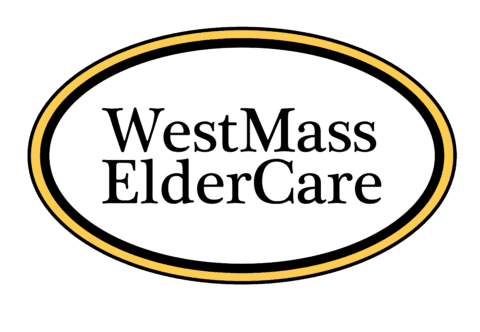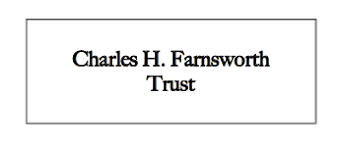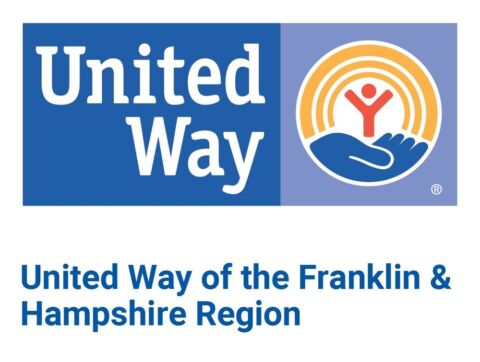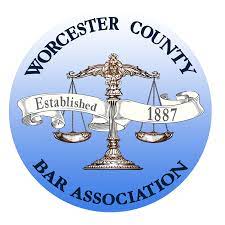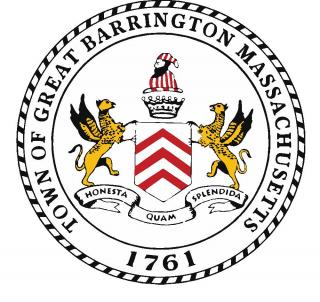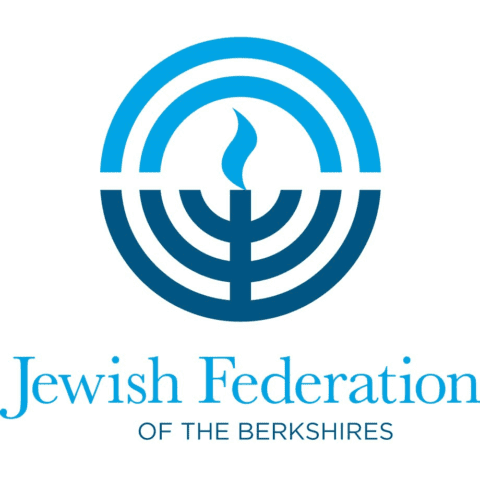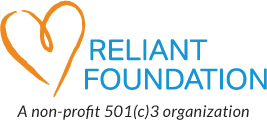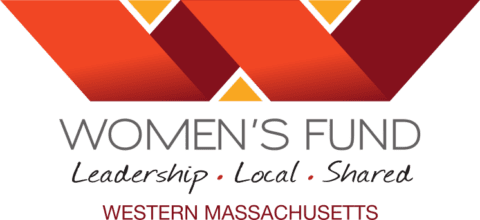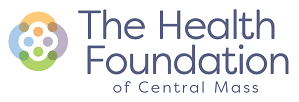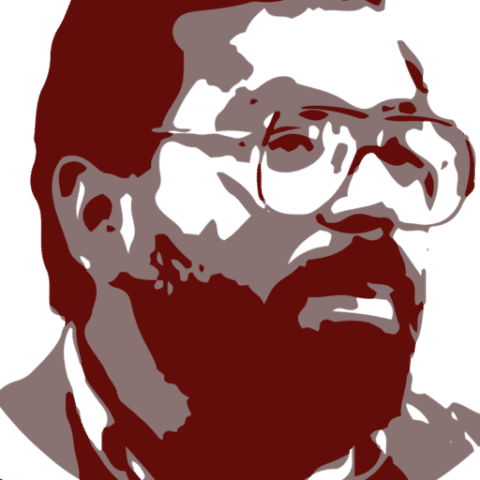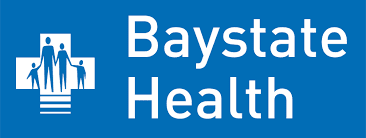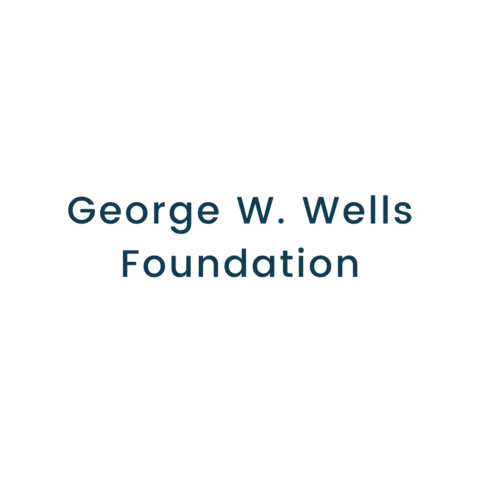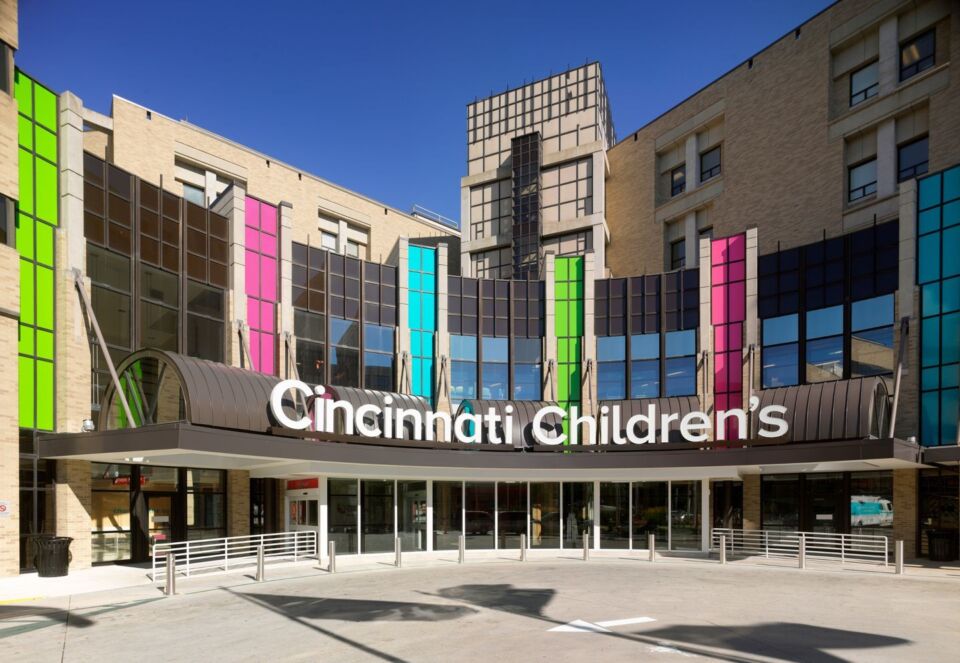
May 26, 2023
Feeling sick? The lawyer will see you now.
BY Boston Globe
When Dr. Nick DeBlasio walked into the pediatric clinic at Cincinnati Children’s Hospital on his first day, 14 years ago, he noticed something surprising in the room: a lawyer.
“I remember thinking, ‘That’s so bizarre there’s legal representation in this clinic,’” he recalls. But his colleagues told him, “Just wait and see.”
In medical school, DeBlasio had learned about the ways nonmedical factors, called “social determinants of health,” could affect his patients. But during his residency, at a private medical practice in the suburbs, he “wasn’t really exposed” to the social determinants of his patients’ health. Not that he would have known how to change them. “It just wasn’t part of the scope of what our practice was,” he says. “Even if there were social issues, we didn’t have any resources to help.”
That changed when he got to Cincinnati Children’s.
“One mom showed me a picture of her house, and there was a big roof hole that the landlord refused to fix,” DeBlasio remembers. “It would literally snow inside their house.”
Prolonged exposure to cold weather can lead to lung and circulatory problems. So instead of reaching for his prescription pad, DeBlasio reached out to the clinic’s onsite legal aid team member, Deanna White, who got the landlord to fix the hole in the roof.
Such is the mission of the Cincinnati Child Health-Law Partnership (Child HeLP) — a collaboration uniting health professionals with legal professionals to treat a patient’s “health-harming legal needs” together.
“We’re not just here because your ear hurts,” DeBlasio says. “We’re here because we want to look at all aspects of care.”
The original medical-legal partnership (MLP) was born 30 years ago at Boston Medical Center. But today, as emergency departments reach capacity, pediatric units close, and economic hardship looms over it all, new data suggests that expanding MLPs could alleviate some of the crises in hospitals by keeping patients from having to come there in the first place. A five-year study has found that low-income children in urban parts of the Cincinnati area were 38 percent less likely to be hospitalized in the first year after their families received a legal intervention from an MLP.
That not only helps the patients and families themselves but also reduces the burden on health care workers dealing with staff shortages and burnout.
Now DeBlasio estimates he uses Child HeLP every day, with at least 30 percent of his patients. “I feel like I would not be able to function in the clinic otherwise.”
‘In an exam room, there’s only so much you can do’
In the 1990s, while training in pediatrics at Boston Children’s Hospital, Dr. Robert Kahn knew of local organizations improving local kids’ lives, but he didn’t know how to work with them. “In an exam room, there’s only so much you can do, and we’re all so buried heads-down in our own work,” he says.
Then he got a job with Dr. Barry Zuckerman, a Boston University professor and Boston Medical Center pediatrician who was “fabulous at seeing opportunities” for collaboration between health care professionals and the community, Kahn says, whether it was “getting books into kids’ hands” through Reach Out & Read or getting families economic resources through Health Leads.
And it was Zuckerman who showed Kahn one of the most powerful nonmedical tools he could use in medicine: the law.
The idea began in 1993, when Zuckerman and his colleagues noticed asthma patients were returning to the hospital showing no improvement. When they realized that most of these patients lived in mold-infested apartments and that landlords were violating local and state sanitary codes by ignoring the problem, Boston Medical Center called Greater Boston Legal Services to help. It was the original MLP.
Throughout the 1990s, Boston’s MLP, then called the Family Advocacy Program, grew to focus on issues beyond housing, like disability benefits and school issues. It even began hosting “walk-in Mondays” with three staff lawyers onsite at the pediatric clinic. But the program stayed mostly local until 2001, when The New York Times reported on Boston’s unique model.
“Almost overnight, the BMC program was fielding calls from dozens of other institutions interested in replicating its collaborative work, [and in] the ensuing five years, nearly 75 medical-legal partnerships took root around the country,” writes Ellen Lawton, who was one of the original project directors, together with Joel Teitelbaum, professor of public health and law at George Washington University. By 2006, demand had grown so strong that Boston Medical Center created the National Center for Medical-Legal Partnership, which Teitelbaum co-directs today, to help more health care organizations around the country implement MLPs.
But even before then, some doctors, like Kahn, had begun developing MLPs on their own. In 1999, when he moved from Boston Medical Center to work at Cincinnati Children’s, he brought the MLP templates with him. Child HeLP began as a “really small” experiment, with four or five families, tailored to local needs in Cincinnati.
“It wasn’t like, ‘Here’s what we think would be useful as pediatricians,’” says Dr. Andrew Beck, also a professor and researcher, who’s worked with Child HeLP since the beginning. “It was working with community partners to frame the questions in a way that could lead to action.”
In practice, that meant asking questions about housing quality and stability, public benefit denial or delays, and unmet educational needs — which remain Child HeLP’s top three referral areas, Beck says. But today, the team also asks about needs around transportation and mental health, and they’ve scaled up way beyond a few families.
Now every incoming patient receives a formal “Social Determinants of Health” screener on an iPad.
‘Help was more than needed’
For people like Tammi White and her kids, the screener hasn’t been just a portal to check when specific needs arise; it’s been the first touchpoint to enhance an entire family’s health and well-being in ways they might not have thought possible.
White, a mother in Cincinnati, has a life motto: “No matter what goes on, the strength of the wolf is the pack,” she tells me, as two young boys sit on her lap and play with her phone.
It was a lesson she learned firsthand when she was their age, when she and her sister, Crystal, were cycling through abusive foster homes and shelters. “Even if I was scared, I made sure nobody’s gonna put their hands on Crystal,” she remembers. She says the memories make her “heart hurt” today. “My mom just wanted a safe place for her kids to be while she was getting help, but we were so mistreated.”
When White had her own children, and when she decided to become a foster parent, she promised she’d do everything to make the kids’ childhoods better than hers. Five years ago, when she received her foster parent license, she met a little boy named George and, later, his younger brother, Malyk. Like her and Crystal, the brothers — now 3 and 5 years old — were close in age, opposite in personality, protective of each other, and in need of a safe home.
White insisted they stay together and took them both in, informally. “That’s Malyk’s only brother, so to have to let George go would be devastating,” she says. But though she was able to formally adopt George, she had trouble adopting Malyk too. And when she tried to get legal and financial help, she couldn’t.
“The door totally closed on me,” White says. “I couldn’t get his birth certificate. I couldn’t get his Social Security card. Child support? Nothing. Welfare? Nothing. It was like this child didn’t exist.”
One day during her legal battles, White took George for a physical at Cincinnati Children’s. While in the waiting room — which has cozy lighting, inspirational quotes, and books and toys — she started chatting with the receptionist, who asked White if she wanted to meet with the clinic’s onsite legal and social workers.
“I said ‘sure,’ but my ‘sure’ was really unsure, because I was just so tired of talking to people,” she says. “I was at a freeze point, and I just thought, ‘What are they really gonna do?’”
Before talking legal stuff, White and the social worker started talking life stuff. “We found out we lived on the same street, and she was already making plans for her own little boy to play with George,” she remembers.
The social worker sent the family home with basic necessities from storage closets in the waiting room: diapers, house supplies, and canned food. But the bigger surprise came when the clinic’s legal workers, Deanna White and Ivory McGuire, were able to help too. “Deanna couldn’t believe I wasn’t getting any kind of support,” Tammi White says. “And when she offered to help, I realized help was more than needed.”
First, Deanna White helped the family get more economic support: $480 a month in kinship benefits, food assistance, clothing vouchers, and new beds for the boys. Then McGuire helped them navigate family law issues — winning a court order permitting Malyk to get vaccines (in the absence of a birth certificate) and, eventually, official custody, so the brothers could stay together.
It was a huge win in a system that’s “very hard for people to navigate,” says Deanna White, as she colors pictures with George and Malyk.
‘If this were a pill, everybody would go after it’
Child HeLP has thousands of success stories like Tammi White’s, which it, unlike other MLPs, carefully tracks in an electronic system. “When we started to read other articles,” Kahn says, “we learned teams were great at screening and referring, but then they had no idea what happened: Did patients get the service they needed? Did their health improve?”
Child HeLP now counts over 10,000 positive legal outcomes for more than 20,000 kids and 10,000 adults. Its lawyers have recovered or obtained $1.7 million in public benefits for the clients. Much of their success has been with housing-related issues, like pest infestation, lead exposure, or — in one famous case — a property management group that banned tenants from running their air conditioners. “Clearly, there’s a really direct health connection,” says Elaine Fink, managing attorney at the Legal Aid Society of Southwest Ohio. Her team started a second legal partnership, M-HeLP, in 2016, focused on maternal and newborn health.
Despite growing momentum for medical-legal partnerships, Kahn thinks that even now not enough attention is paid to the concept. The team’s most recent study on reduced hospitalizations got scarcely any response — “almost crickets’’ — nationally, he says. But “if there was a pill that dropped all-cause hospitalization by 38 percent, everybody would go after it,” he says.
Of course, the team understands it’s not easy to start and sustain an MLP. “There are far more unmet legal needs than legal aid staff can handle,” Beck says. A related problem is the lack of “systemic health care funding,” Fink says. “We’re threatened every six months with being able to continue our programs.” And even with all the data in the world, Kahn says, there’s still a need to build “a culture that it can be done” among health care professionals.
But perhaps DeBlasio stands as proof that this culture change is underway. Now he teaches medical residents how to screen for legal needs, even if they might be skeptical or confused, as he was on his first day. “If you have an ear infection but you can’t afford your amoxicillin, or you’re homeless and you can’t refrigerate your amoxicillin, there’s no point to any of it,” he says. “You really need to be living in an environment where you’re able to thrive.”
Julia Hotz is a journalist covering innovation in local communities. She received a grant for her reporting from the Neal Peirce Foundation, an organization that supports journalism on ways to make cities work better for all people.


